On Design with Nazar Şigaher
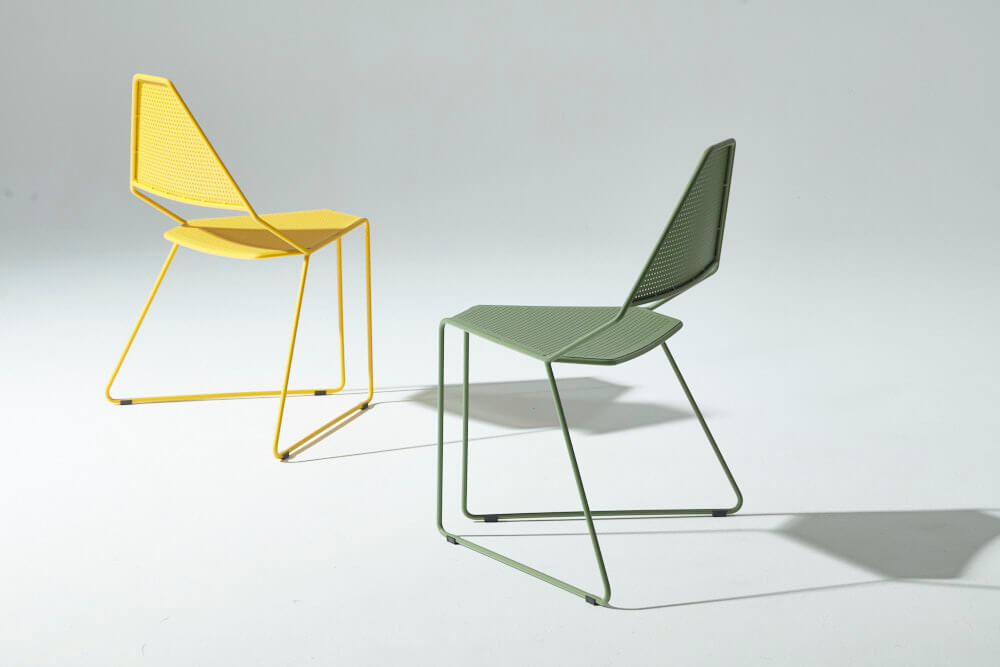
Nazar Şigaher, “Delta Chair”, Decosit, 2023.
Interior architect and designer Nazar Şigaher entered the design world through his experiences in various architecture firms during his student years and beyond. Specializing in furniture design, Şigaher showcased his talent for creating original and functional products at major events such as Milano Design Week and New York ICFF. Recognized as one of the 10 promising designers from Turkey by Wallpaper magazine during this period, Şigaher now continues his work under the Daedalus brand and in collaboration with different companies.
In March, for Hitit Mod readers, we asked Nazar Şigaher, who was also awarded the Sustainable Design Award in the ELLE Decoration Magazine EDIDA Turkey 2024 Design Awards, about his sources of inspiration, sense of design, and design principles to learn more about him.
How did you start your interior architecture and design career? What were the factors that led you to this field?
Before I began my education in the department of interior architecture or when I had just entered it, I read an interview in Hürriyet newspaper where Aziz and Derin Sarıyer discussed their brand, Derin Design. Their ideas and the brand's philosophy impressed me so much that I thought, “One day, I will design for this brand.” In my final year of college, before I even graduated, I got this opportunity, and my design was produced. That first design led to me being recognized as a designer. I also started interior architecture while I was still in school, thinking it would contribute to my professional development.
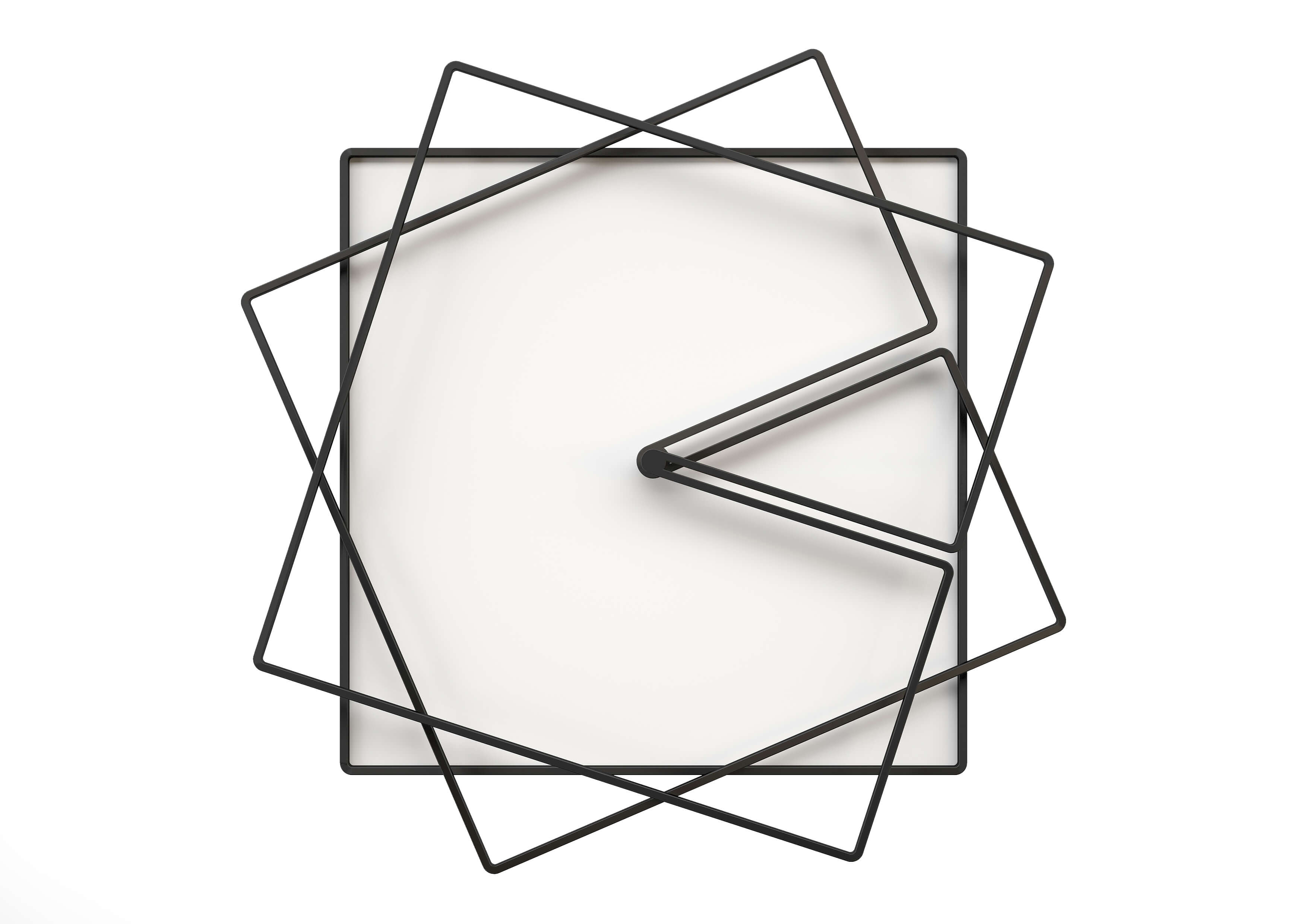 Nazar Şigaher, “Frame Clock”, Meyer Objects, 2009. |
In 2013, you cofounded the brand Daedalus with Emre Evrenos. Can you tell us about the foundation story of Daedalus and its design approach?
When we founded Daedalus, there were limited brands for designers to showcase their productivity in the design field. To meet this need, we decided to come together and establish a brand as two designers.
In Daedalus designs, we aimed to create forms with memorable characteristics. Another key aspect of our designs is ensuring that each piece feels familiar, creating a sense of constant presence while still being new. We achieve this by reinterpreting forms that are right in front of us and that we frequently encounter. Our goal with these “easy to digest” designs is to enable users to easily communicate and bond with them.
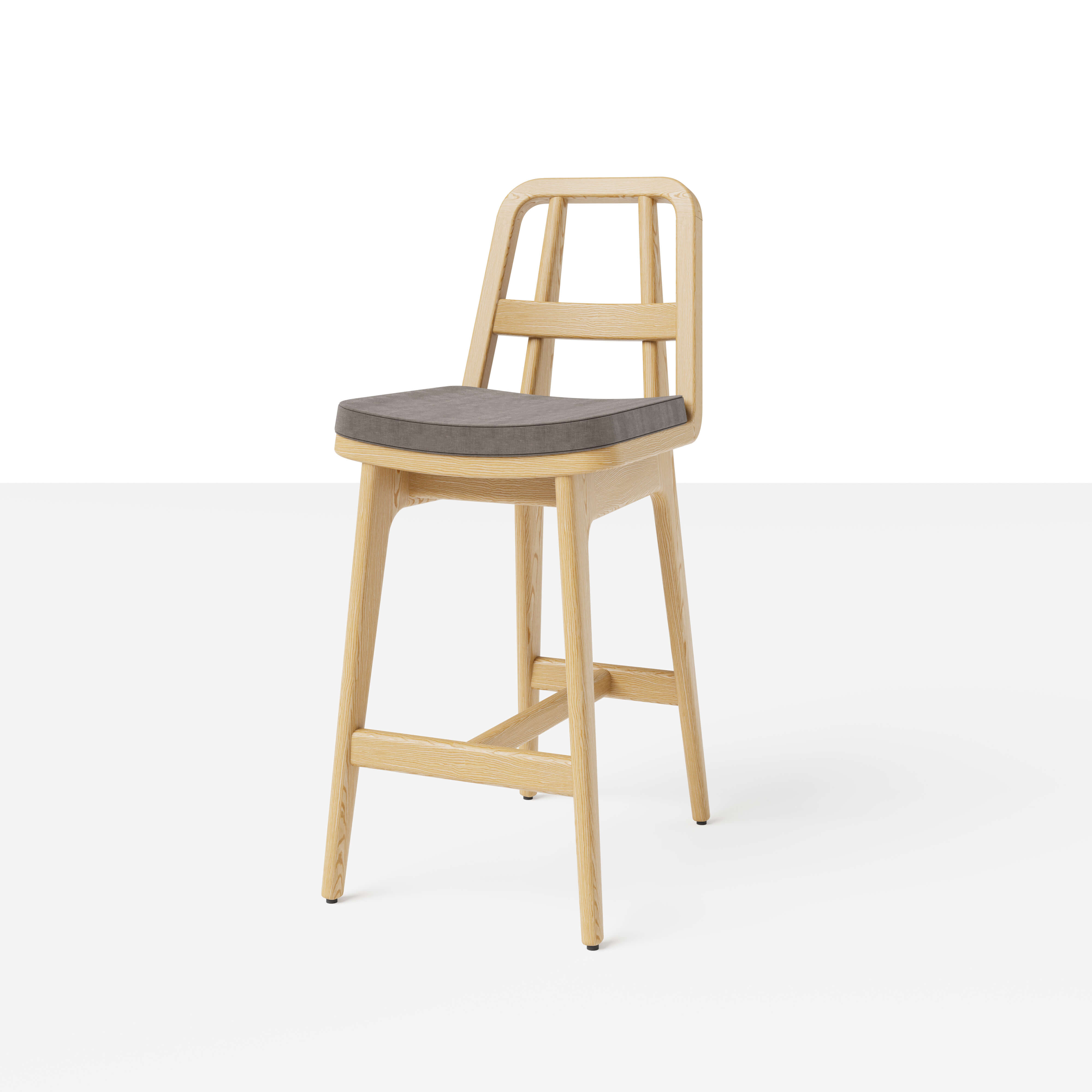 |
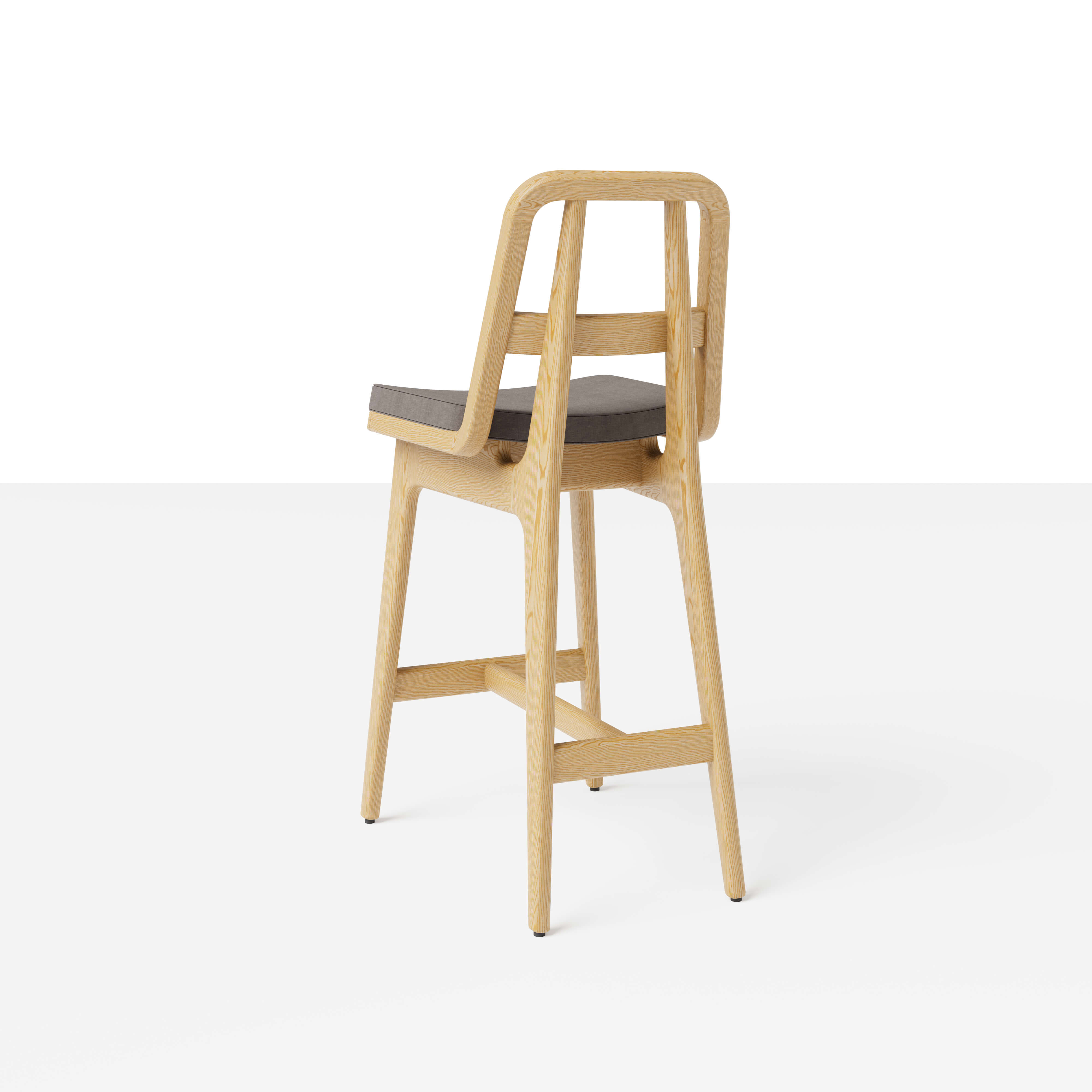 |
Nazar Şigaher, “Hull Stool”.
As someone who has designed both under the identity of a brand and under your brand, how would you compare the challenges of these two different design productions? Do you believe these challenges motivate you to continue creating designs under your brand?
As a designer, I maintain the same distance and approach to my brand, of which I am a partner, as I do to other brands I design for. Consistently, I strive to meet the existing needs from my perspective. In terms of challenges, there is no difference at this point.
Having my own brand was actually something I had to do as a designer rather than something I wanted to do. Managing a brand is a field where I have less experience compared to designing. I prefer spending most of my time in the field of design, where I am professional and more productive.
 Nazar Şigaher, “Lat Coffee Table”, Daedalus, 2011. |
How do you define your sense of “design” and what inspires you?
I care about people's first encounter with my designs. I aim to offer them the simple and the new that I have discovered, which has not been discovered before.
The main thing I do is exploring the potential of universal geometries encountered daily and reassembling them.
What principles and values do you prioritize in your designs? In your opinion, what are the qualifications of good design?
I believe that a good design derives its essence from its purpose and the contemporary needs of its time. Whether addressing functional or aesthetic needs, it must effectively fulfill those requirements. Moreover, I believe it should embody the spirit of the era.
 Nazar Şigaher, “Ax Chair”, Decosit, 2023. |
The Flow Series coffee tables you designed for the CIRCULA brand won the EDIDA 2024 / Sustainable Design Award. Can you tell us about this product and the materials you used?
These coffee tables, available in various heights and sizes, feature a wavy “S” shaped body that integrates circular forms on the surface. In the design, I aimed to highlight the spirit of production through the cyclical movement of the layers. The body of the tables creates the perception of a shell on one side and a solid body on the other, enhancing the dynamic effect of the design.
CIRCULA uses 3D robotic printing technology to produce eco-friendly furniture that is 100% recyclable and waste-free, using bio-composite materials derived from sawdust or agricultural waste. The Flow Series aims to achieve iconic status with its sculptural forms and modern production methods, promoting interest in 3D printed furniture made with sustainable materials and environmentally friendly production techniques.
The “Flow” also represents the advantages of 3D printing technology, as the geometry of the inverted shell is challenging to produce with traditional methods.
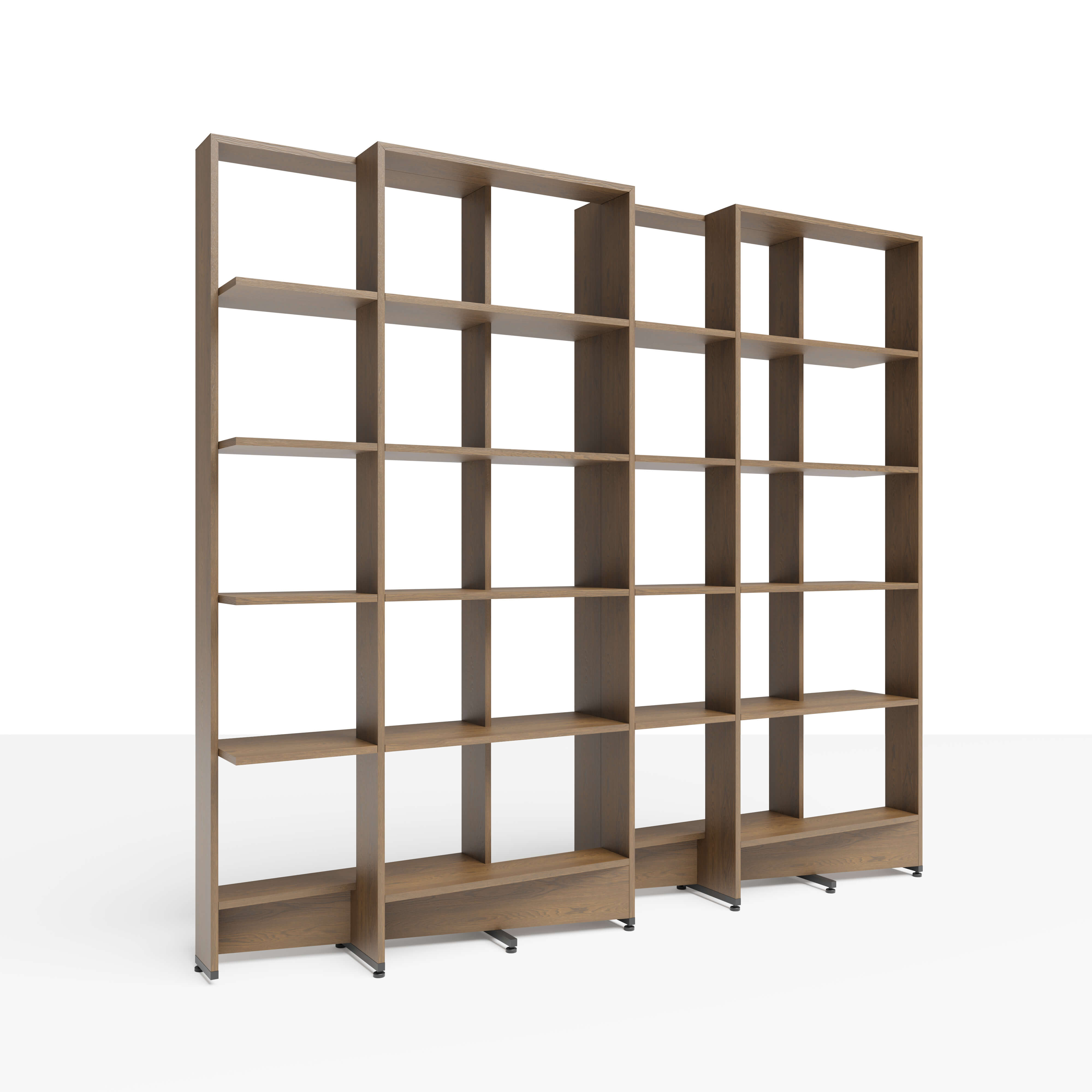 Nazar Şigaher, “SET Bookcase”, Daedalus. |
What is your perspective on integrating sustainability into design and production processes, and what steps do you believe should be taken to play a more proactive role in this field?
In the near future, design and production processes will be fully integrated with the concept of sustainability. During this transformation, regulations and inspections established by central and local administrations will play a crucial role. The effective implementation of sustainability is essential both environmentally and socially.
What changes do you foresee in the design and production sectors in the future? Which innovations do you think will stand out in terms of new production methods and sustainability?
New technologies and sustainability-oriented approaches will become prominent. I predict that the use of 3D printing, AI-assisted production and recyclable materials will increase. These changes will make the sector more productive and environmentally friendly.
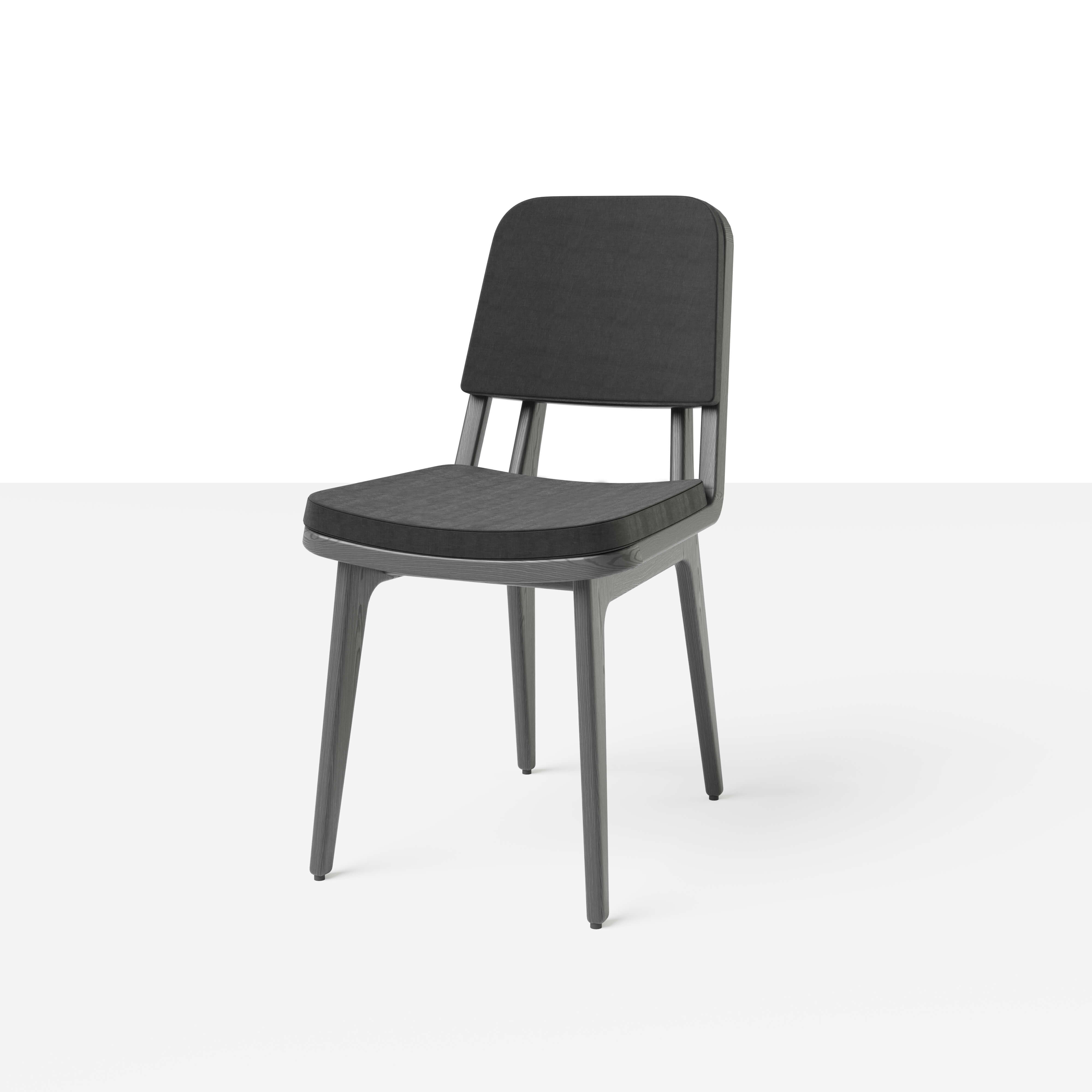 |
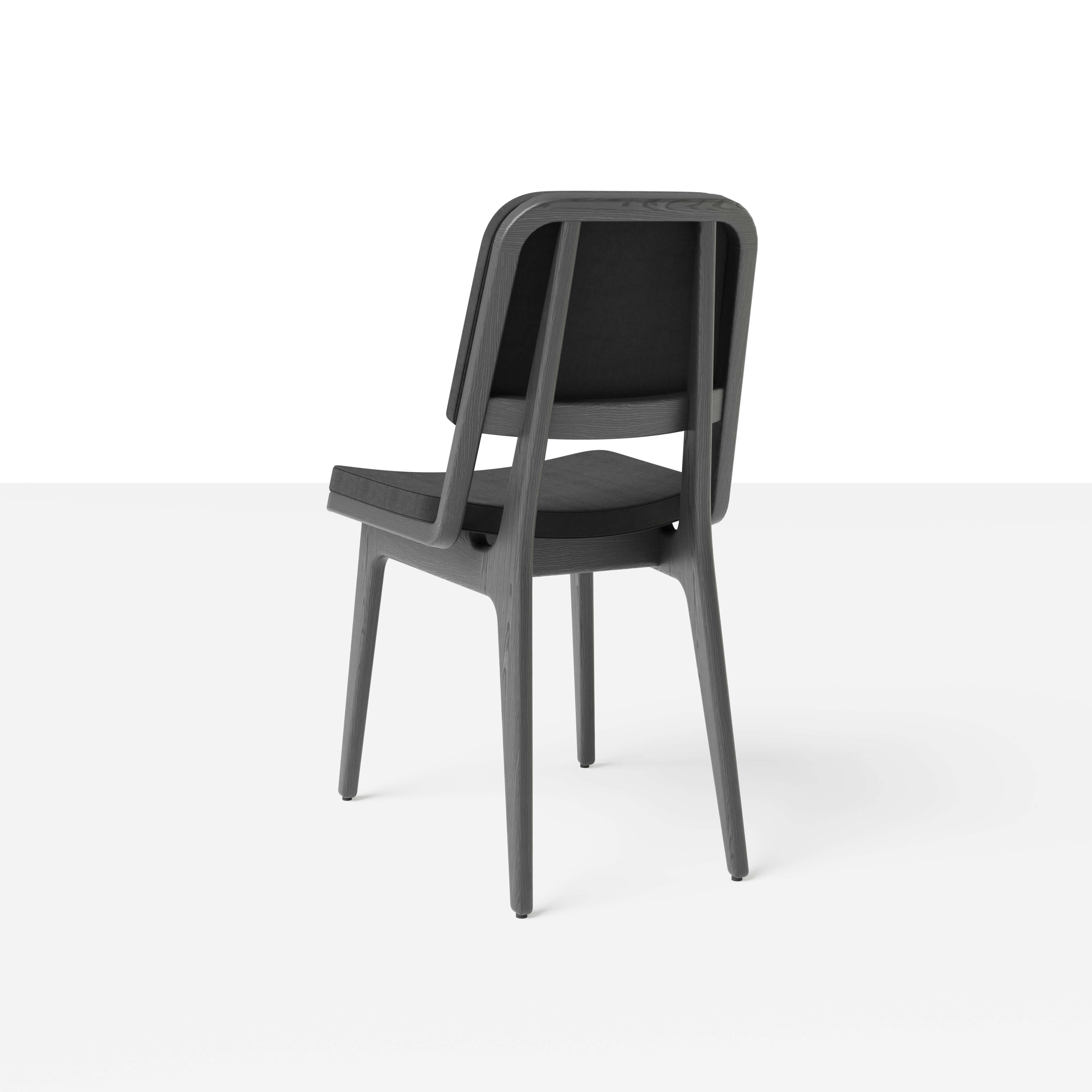 |
Nazar Şigaher, “HUll Sand”, Daedalus
Lastly, what advice would you offer to young and aspiring designers?
Your career begins the moment you decide to become a designer and start learning. Continuous learning is essential throughout your career. Embrace curiosity and the learning process as vital aspects of your work. Importantly, find meaning in your work and strive to build a long-term, consistent career.
